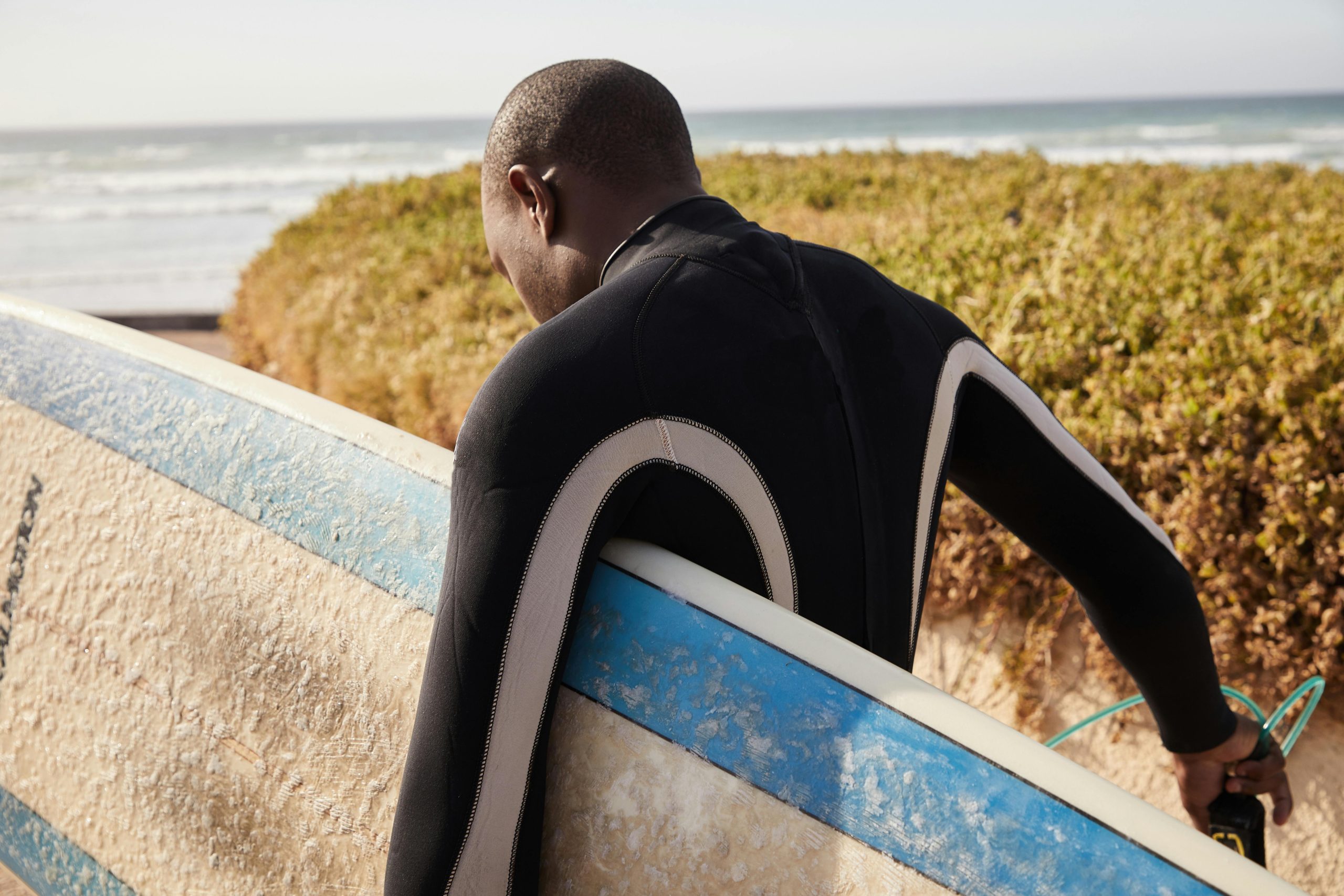To determine whether your current Tesla insurance policy will cover a newly acquired Jeep, there are several factors to consider:
Policy Specifics: Generally, insurance policies are tailored to specific vehicles. A policy designed for a Tesla may not automatically extend to cover a new Jeep since they are different makes and models with varying risk profiles and associated costs.
Insurance Provider’s Terms: Review the terms and conditions outlined by your insurance provider. Some insurers offer policies that are vehicle-specific, while others might offer broader coverage that can extend to multiple vehicles under a single plan, depending on the coverage options chosen.
Automatic Coverage: Some insurers offer a grace period of automatic coverage for new vehicles added to an existing policy. This is often temporary and limited, typically lasting 14 to 30 days. It acts as a buffer to provide you time to formally add the new vehicle to the policy.
Customization and Limits: If your insurance policy allows for multi-vehicle coverage, confirm if any policy limits, deductibles, or exclusions may affect the coverage of a new Jeep, such as differences in vehicle valuation, safety features, or the intended use of the vehicle.
Action Steps: Reach out to your insurance agent or provider to discuss the specifics and confirm whether the current policy meets your needs for the Jeep. If necessary, adjust the policy to ensure comprehensive coverage for both vehicles.
Legal Compliance: Ensure that any coverage modifications meet state requirements, particularly concerning liability, collision, and comprehensive coverage for your area.
Ultimately, updating the existing insurance policy or obtaining a separate policy might be necessary to ensure you have adequate and compliant insurance for your new Jeep.



